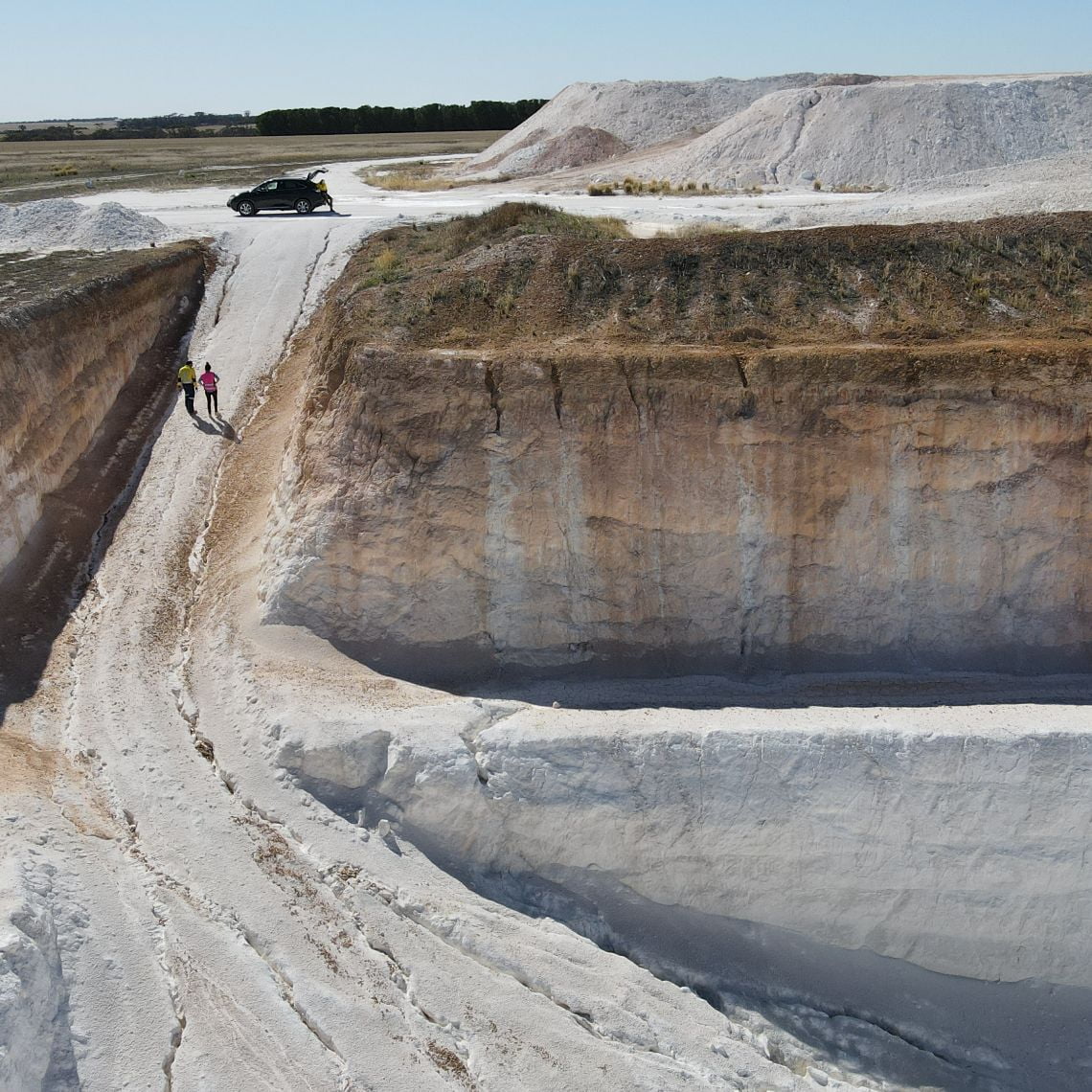Kaolin Market
What is kaolin?
Kaolin is a platy white clay derived from the mineral, Kaolinite, an alumina silicate formed by hydrothermal weathering of igneous rock such as granite.
Chemically inert, nonabrasive and in possession of a number of characteristics make this commodity highly desirable for use in a broad range of industries including paper and paperboard, ceramics, fibreglass, paints and coatings, plastics, rubber, pharmaceuticals and medical, cosmetics, concrete and agriculture.

Global Production
The United States is currently among the largest producers of kaolin in the world. According to statistics released by the US Geological Survey (USGS) in 2022, production of kaolin continuously decreased from 2017 to 2020. In 2020, production volumes declined by 9.7% against 2019 due to the impact of the COVID-19 pandemic.
In 2017, Imerys, Quarzwerke (Sibelco) and BASF accounted for over 26% of global production and dominated the global market. Imerys alone accounted for 16.3% of the market; other producers include KaMin and Thiele Kaolin Co. (both US). Asian producers account for significant volumes but for the lower end of the quality spectrum.
Supply and demand
The global kaolin market was estimated to be worth US$4.24 billion in 2021 and is forecast to grow at a compound annualised growth rate (CAGR) of 3.7% from 2022 to 2030.
In 2021, the paper industry continued to be the major consumer of kaolin worldwide, where it is used as a filler or coating, accounting for approximately 39% of market share in terms of volume. Kaolin increases gloss, smoothness, brightness and paint absorbency of the paper, which improves the printability.
Ceramics is forecast to emerge as the second largest application segment for the kaolin market in the years to 2030. Kaolin product characteristics such as fine particle size, chemical inertness, absorption properties, refractoriness, white burning feature and high fusion temperature benefit ceramic manufacturing. Kaolin increases the durability as well as smoothness and whiteness of the finished product.
Fibreglass is one of the major materials used for manufacturing lightweight composites for the automotive, marine, aerospace and other industries. Rising demand for fibreglass is likely to augment the demand for kaolin over the coming years as it’s often used in the production process.
The Asia Pacific kaolin market accounted for approximately 50% of the global volume share in 2021 due to strong economic growth and increasing industrialisation. Ceramics and fibreglass are forecast to be the fastest growing applications for kaolin in the region. An increasing number of ceramic manufacturing companies in China have contributed to the growth of the kaolin industry in recent years and this trend is expected to continue.
Rising consumption of fibreglass is expected, as fibreglass composites and their superior strength to weight ratios, are anticipated to fuel utilisation in automotive and aerospace sectors.
Future demand for kaolin as an input into emerging technologies and products continues to develop, (eg. as a feed stock for High Purity Alumina production) as the telecommunications and electronics industries refine existing manufacturing processes and supply chains in line with evolving consumer preferences.
Outside of China, India, Vietnam, Malaysia and South Korea are set to be the main contributors to the forecast growth in the Asia Pacific kaolin market to 2030. Elsewhere, the Middle East is another potential market due to the ongoing expansion of the construction industry in the region.
Opportunities are emerging in the market as end users begin to recognise the importance of product quality and brightness. Expanding population and rising consumer standards of living will grow kaolin demand for ceramic products in housing and construction.

Historical and forecast pricing
Due to the quality of WA Kaolin’s kaolin product, it has typically attracted a higher price than the market average.
Existing producers have announced price increases for kaolin in recent years, with some attributing the rises to ensuring long-term stability amid continued investment to meet regulatory requirements and increase production, while other competitors increased prices due to rising labour costs and increasing demand of the product, especially from the paints and coatings applications.
Furthermore, the reduction of capacity in China due to mine closures has placed upward pressure on prices.
